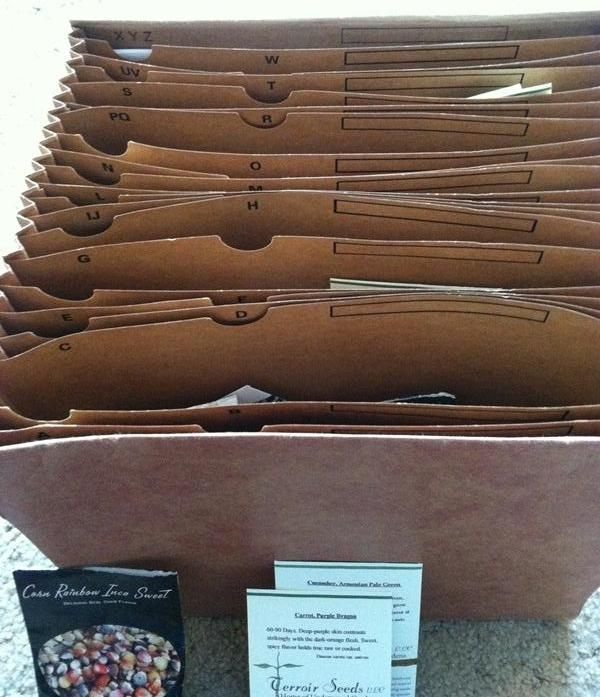Hand tools: pawn shop, second hand store, gun show/flea markets and yard sales.
For my money, older tools are the way to go instead of the newer Taiwan and China pieces. I don't feel the need to buy shiny, new tools, I'm just going to scuff them up anyway. Here are some of the last ones I picked up:
US made Crescent wrench $3 at pawn shop, the mechanism was stuck. A wire brush and some oil while I watched a TV movie has it working line new.
Brace and adjustable bit $5/$4 at flea market/gun show. A little oil on the mechanism and a few strokes with a stone to touch up the bit, good to go.
US made plane $10 at the same flea market as the brace. There was some rust on it, but some sandpaper cleaned up the bottom. I just need to sharpen the blade now.
C-clamp $3 at a second hand store. No work necessary.
My cohort and good buddy NinjaClerk has a good knack for the yard sale finds that can beat some of my flea market scores in a lot of categories.
Nuts/bolts/screws/nails: going out of business sales, estate sales, your own old equipment.
When hardware stores go out of business, especially mom-and-pop places, they will start selling items off until it's gone. They usually start with 20% off and go up 10% every week or so until the remaining items are almost free. Rural estate sales will frequently have half-empty boxes of nails or other fasteners from a barn. Nails and screws don't care much about minor rust; bolts and nuts might. Before throwing out or recycling old equipment, I like to tear it apart. I'm curious about the inner workings, but I also have a tub of screw, bolts, etc from these items that I keep handy. The bent or rusted ones get tossed in the recycle bin.
Garden and outside tools: pawn shops, second hand stores and flea markets.
Shovel, hoe, rake, ax, pick, hand garden tools are all important to keep on hand. I recently broke a shovel handle and discovered that new handles are going for $10-15 and the whole new shovel is $12 on up. I was hard pressed to just buy a handle when I can get the whole thing, so I have a new shovel and an old blade without a handle in the garage. One pawn shop near me sells all the tools they take in for $5. A little linseed oil on the handle and the ones I picked up were better than some new ones.
Firearms: pawn shops, gun shows, local paper.
If you know about guns, private party sale is usually the best way to get a deal. If you don't know about guns, you should bring a friend along that does to a private sale or a gun show so they can talk you through what you want to look for. Pawn shops can have quite the variety and they are usually willing to deal as well. A little barter practice is always good, too.
Kitchenware:second hand stores and flea markets.
Below are my cast iron pans. Love those things. The largest, smallest and middle sizes were from a flea market. I paid $6 total for them. The largest was in bad shape and needed a lot of work, but the smaller ones were great. The other two there were obtained from a second hand store and needed little work to spruce up. From the second hand store I have also picked up a food grinder, utensils, and several other things for a fraction of new cost.
I ended up with more ideas that I initially thought, so this post is- to be continued...
